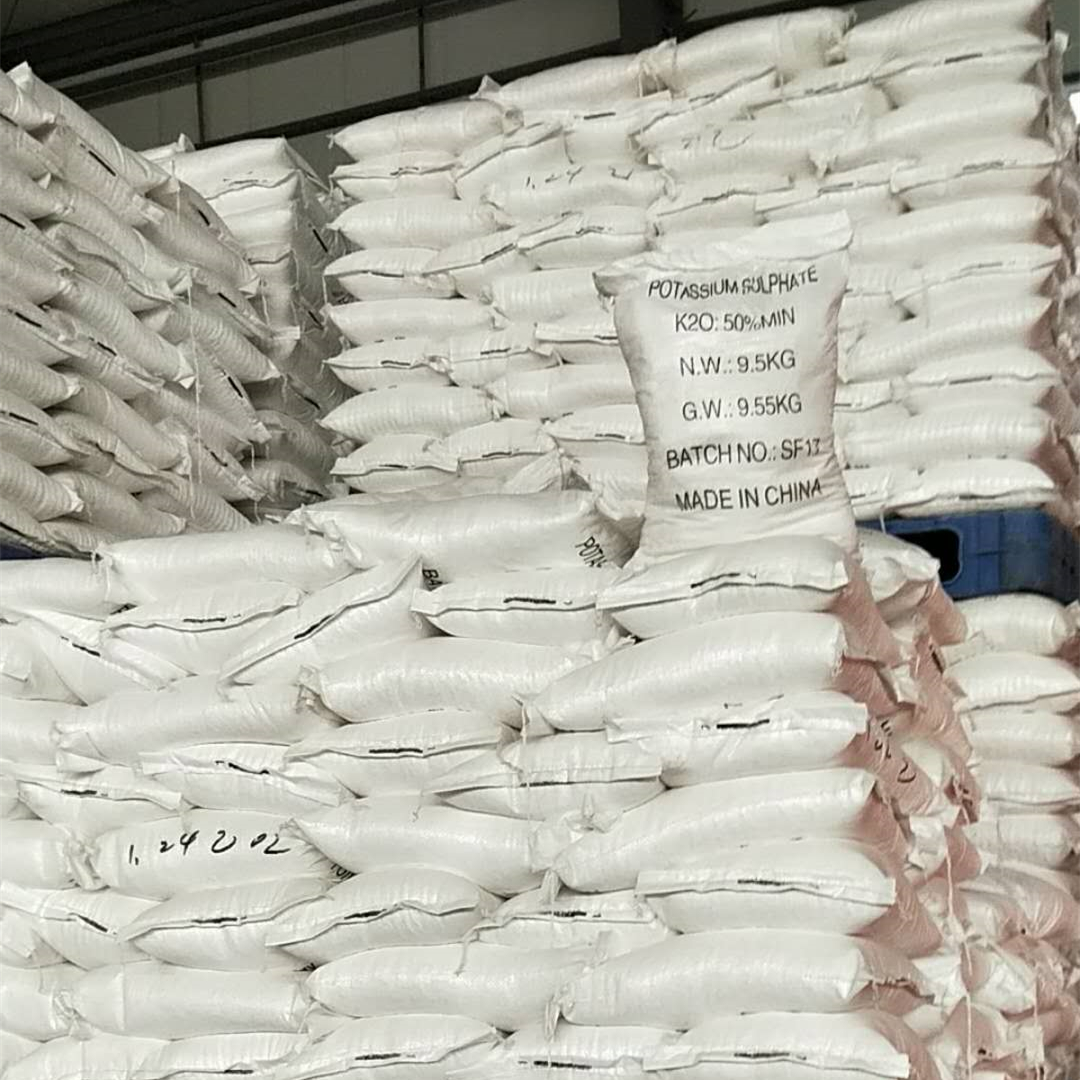
Sep . 02, 2024 02:45 Back to list
Balanced 24-0-3 Fertilizer for Optimal Plant Growth
Understanding 24-0-3 Fertilizer Benefits and Application
Fertilizers play a crucial role in modern agriculture, providing essential nutrients that promote plant growth and enhance crop yield. Among the various types of fertilizers available, the 24-0-3 formulation has gained attention for its specific nutrient composition. In this article, we will explore what 24-0-3 fertilizer is, its benefits, and how to apply it effectively.
The numbers in a fertilizer's formulation indicate the percentage of three key nutrients nitrogen (N), phosphorus (P), and potassium (K). In the case of 24-0-3 fertilizer, it contains 24% nitrogen, 0% phosphorus, and 3% potassium. This particular blend is especially beneficial for crops that require high nitrogen levels but do not need additional phosphorus.
Benefits of 24-0-3 Fertilizer
1. High Nitrogen Content The primary advantage of 24-0-3 fertilizer is its substantial nitrogen content. Nitrogen is vital for plant growth, as it is a key component of amino acids, which are the building blocks of proteins. A high nitrogen level encourages vigorous leaf and stem growth, making it particularly suitable for green leafy vegetables, grasses, and other crops that thrive with ample foliage.
2. Low Phosphorus Levels Some crops can be sensitive to phosphorus, especially in soils that are already rich in this nutrient. The 0% phosphorus in 24-0-3 fertilizer makes it an ideal choice for such situations, preventing potential nutrient imbalances that could adversely affect plant health and growth.
3. Potassium for Overall Health The presence of 3% potassium in this fertilizer formulation is beneficial as potassium plays a critical role in various physiological processes within plants, including water regulation, enzyme activation, and photosynthesis. It enhances plant resilience against diseases and environmental stresses, supporting overall plant health.
24 0 3 fertilizer

Application of 24-0-3 Fertilizer
To maximize the benefits of 24-0-3 fertilizer, it is essential to apply it correctly. Here are some guidelines to follow
1. Soil Testing Before applying any fertilizer, conduct a soil test to understand the nutrient levels present in the soil. This helps in determining the specific needs of your crops and avoids over-fertilization.
2. Timing The timing of application is crucial. For crops that use a lot of nitrogen, applying 24-0-3 at the beginning of the growing season can provide an immediate boost. Side-dressing during the growing season can also help maintain nitrogen levels as the plants develop.
3. Application Rate Follow the recommended application rates based on your soil test results and the specific crop requirements. Over-application can lead to nitrogen leaching and potential environmental harm, while under-application may not fulfill the plants’ needs.
4. Watering After applying the fertilizer, ensure to water the area adequately. This helps incorporate the nutrients into the soil and makes them readily available for uptake by plant roots.
In conclusion, 24-0-3 fertilizer is a valuable tool for growers seeking to enhance plant health and crop yield, particularly in situations where nitrogen is of utmost priority. By understanding its composition and applying it correctly, farmers can promote thriving, productive plants while maintaining ecological balance in their farming practices.
-
10 10 10 Fertilizer Organic—Balanced NPK for All Plants
NewsJul.30,2025
-
Premium 10 10 10 Fertilizer Organic for Balanced Plant Growth
NewsJul.29,2025
-
Premium 10 10 10 Fertilizer Organic for Balanced Plant Growth
NewsJul.29,2025
-
Premium 10 10 10 Fertilizer Organic for Balanced Plant Growth
NewsJul.29,2025
-
50 Pound Bags of 13-13-13 Fertilizer for All Plants – Bulk & Organic Options
NewsJul.28,2025
-
High-Efficiency 15-30-15 Granular Fertilizer for Healthy Crops
NewsJul.28,2025
